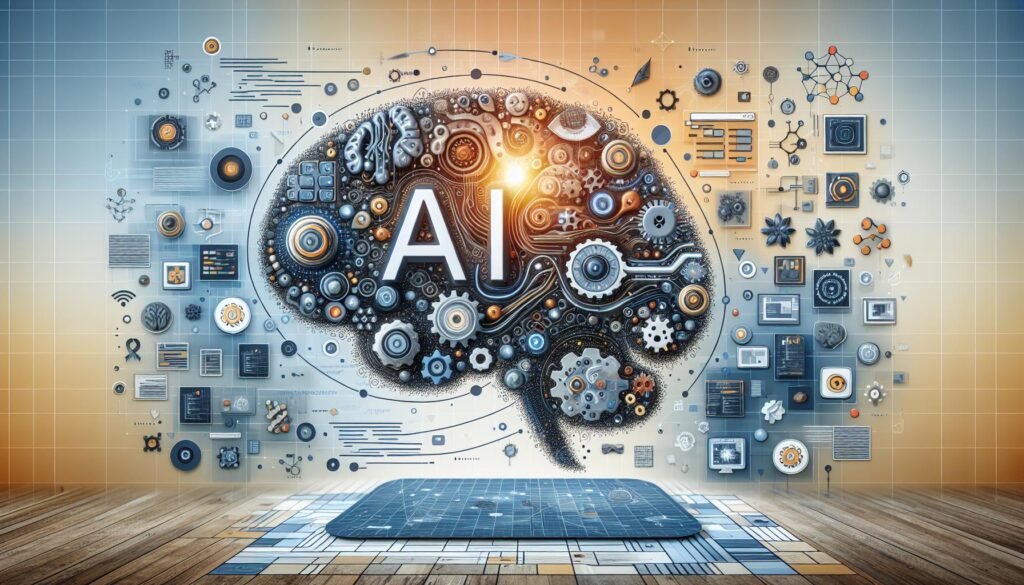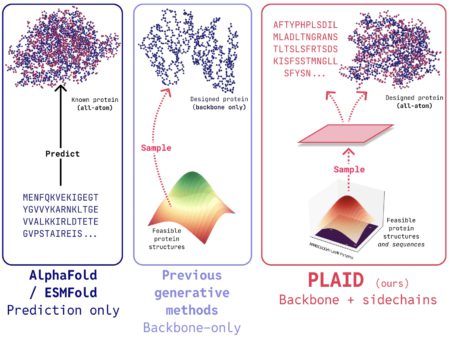Generative AI (Gen AI) is transforming the way organizations interact with data and develop high-quality software. GenAI is a game changer in multiple industries, making processes automated, increasing accuracy, and providing predictive insights. Here we concentrate on the uses in data management, its controls and effects on efficiency innovation and cost savings.
GenAI in Data Management
Gen AI revolutionizes the data lifecycle by improving data quality, automating processes, and thus accelerating and improving decision-making. Key applications include:
- Data Augmentation: Gen AI generates synthetic data to augment existing datasets. This is more advantageous when it comes to training machine learning models that require diverse and large-scale data inputs.
- Data Cleansing: It finds and corrects duplicates, errors, missing values, inconsistent format, which provides high-quality datasets ready for analysis.
- Data Enrichment: Gen AI generates fresh features for existing data (e.g., generating customer demographics based on purchase history or activity logs).
- Real-time Data Processing: Gen AI uses complex algorithms for real-time ingestion, cleansing, and transformations guaranteeing seamless integration across systems.
- Predictive Analytics: It observes patterns and anomalies in data for forecasting trends or spotting a critical problem before it escalates.
Benefits in Data Management:
- Accuracy and consistency of datasets are improved
- Operational costs and manual intervention are reduced.
- Improved innovation as high-quality data for better product development.
GenAI in Quality Assurance (QA)
GenAI is also transforming QA processes by automating test cases, generating test data, detecting bugs at an early stage, and performing predictive analysis. Its dynamic capabilities enhance the efficiency of software testing and reduce costs.
Applications in QA:
Synthetic Test Data Generation: GenAI synthesizes realistic datasets critical for unbiased testing, assisting organizations with the ethical concerns of real-world data. It is especially relevant for healthcare.
Automated Test Case Generation: With the help of retrieval-augmented generation (RAG) and advanced algorithms, GenAI examines user stories and requirements to automatically create comprehensive test cases.
Exploration of Scenarios: QA teams can validate rare case scenarios that are difficult to find manually. GenAI is generating complexities that are a true reflection of the realistic usages.
Continuous Monitoring: Unlike traditional AI approaches, GenAI monitors software performance in real-time even as development cycles are running.
Test Automation: Generative AI enables tools like GitHub Copilot and AWS Code Whisperer to generate reusable code snippets to deploy automated tests, reducing manual work.
Benefits in QA:
- Better wider coverage of test scenario and device.
- Predictive insights to identify defects faster.
- Saves Cost due to reduction of manual testing efforts.
Generative AI implementation challenges
As the advantages are considerable, nevertheless, there are some challenges to Gen AI implementation:
Integration Challenges: It may be challenging to ensure Compatibility with existing systems.
Data Sovereignty: Following regulations on how to handle sensitive or synthetic data e.g. GDPR compliance.
Resistant to Change: Individual teams might be unwilling to adjust to new tools because they either lack knowledge on how to utilize the new tools or fear being displaced, not just by the tools themselves, but also, in a wider sense, by automation.
Strong plans, stakeholder engagement, and clear guidance on AI tool use will help to ameliorate these challenges.
Conclusion
Generative AI is used to revolutionize data management and QA processes. Automating tasks to improve performance and accuracy for reducing errors, and predictive analytics via synthetic data creation is a way to distinguish oneself as the foundation of certain emerging digital transformation strategies today. The more businesses collaborate with GenAI throughout their workflows, the more its capabilities will reveal both efficiency and innovation, at blazing speed.
Source: Read MoreÂ


